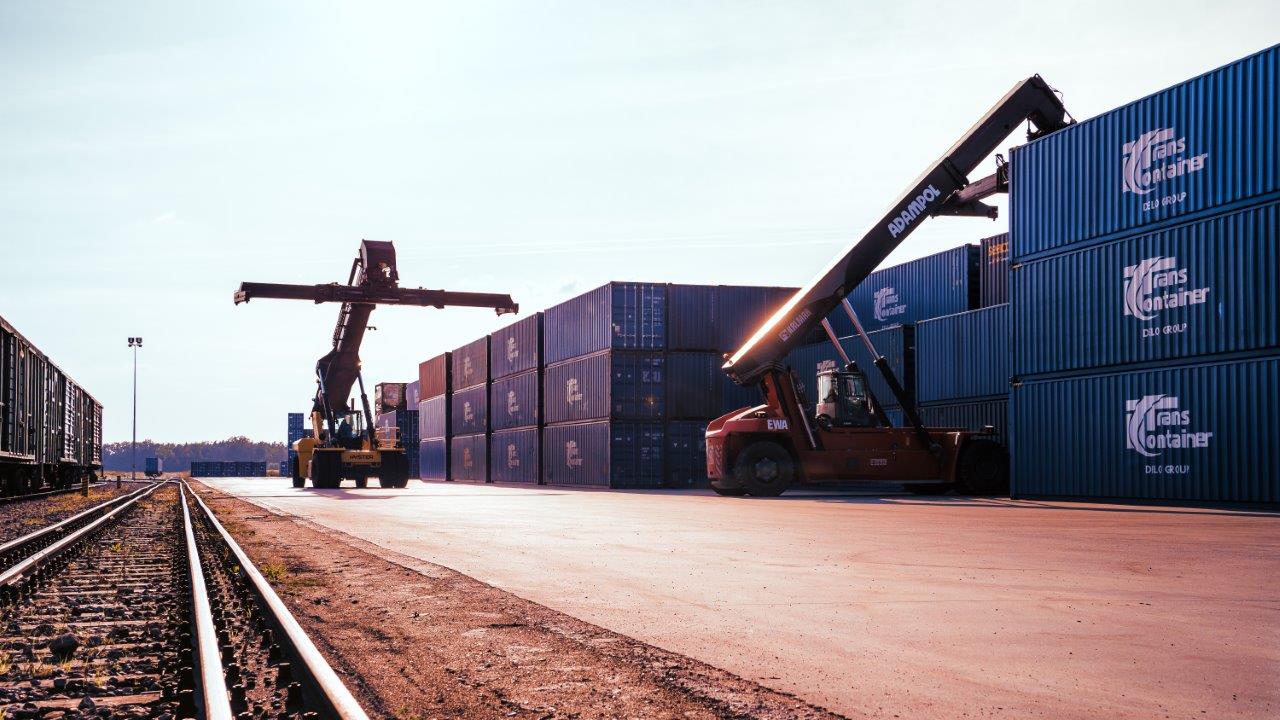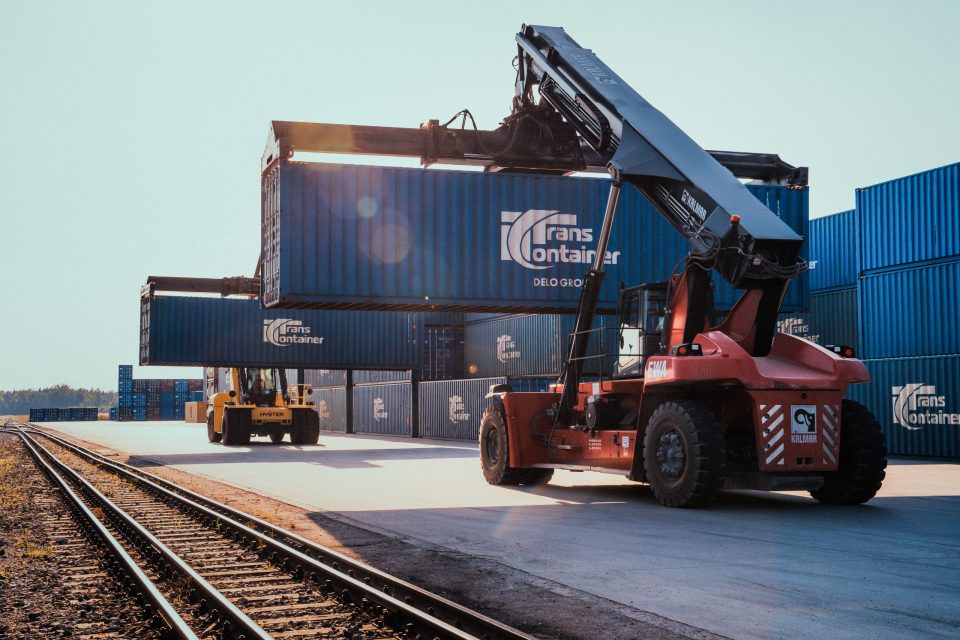Intermodality is one of the pillars of the future of transportation and logistics, also when it comes to Eurasian transport. However, some challenges are there, and adjusting quickly and effectively remains vital for companies providing these types of services. ADAMPOL SA, which specialises in car transport, shared its perspective on the above questions and more via a dedicated interview.
Railfreight.com had an exclusive chat with Barbara Wójcik, Deputy Commercial Director at Adampol SA, who went in-depth explaining how the intermodal Eurasian supply chain works and what are the benefits and challenges of putting general and specialised cargo on Eurasian tracks. In her opinion, intermodal transport is an ideal solution for the automotive industry. The interview with Barbara Wójcik was divided into two parts, the first part is available here.
Do you face any challenges? If so, how do you overcome them?
The current geopolitical situation forces us to face many serious challenges. We have been on the market for over 30 years and have already experienced several crises. Therefore, we are aware that a sufficiently strong and efficiently managed organization is able to cope with any crisis. Our recipe is stable development and investing in resources that are key to our company. We can now confirm our readiness to start investing in the logistics center in Małaszewicze. We also plan further investments, but it is not yet time to reveal more details about them on the market.

Intermodal entails changing transport modes. Is that safe for cars? Are there any additional safety rules applied in this case?
One of the assumptions of intermodal transport is to change the mode of transport. This is a
completely safe process, even when servicing passenger cars. However, provided that it is performed by a company with experience and appropriate operating procedures. Proper communication with the manufacturer and knowledge of the specific requirements of the load are also important. Our company has been dealing with this for over 30 years and has extensive experience in it, supported by many certificates. This means that our processes are standardized and correspond to the highest level of requirements expected on the automotive market. Our employees are constantly trained and supervised in terms of process implementation. Each deviation is registered and remedial measures are immediately implemented, the entire process is also analyzed and any improvements are made in communication with the contractor. We can boast that the KPI on the Europe-Asia logistics paths that we implemented a few years ago was slightly below the requirements set by contractors. We consider this our success.
Do custom processes change when implementing intermodal services? How are they affected?
Intermodal processes involve multiple modes of transport and potentially more operations per unit load. This requires changes in the work and communication of elements involved in their operation. Apparently, this may lengthen the entire process. However, if we entrust intermodal service to experienced practitioners, we are sure that they will design the optimal logistic path and the corresponding communication route. We are then able to agree on many elements before the goods appear in a given location. To sum up: operation is more complicated, but it does not have to be more time-consuming. Intermodal transport has the advantage of precisely responding to the customer’s needs and providing a very precise solution.

If you could sum it up, is Eurasian intermodal worth it? And what added value does it bring to your customers?
Is intermodal transport beneficial to customers? Definitely yes! I believe that modern effective logistics cannot exist without such solutions. Especially since the future will see increased digitization and automation of logistics processes, which bring dynamic changes. One of the beneficiaries of these changes will be intermodal. It will become more effective and therefore more accessible to businesses and individual customers. Of course, this involves constantly observing trends, keeping up and adapting. However, this makes intermodal transport in general goods logistics the most flexible and agile area that exists today. In my opinion, the future will be only better.

